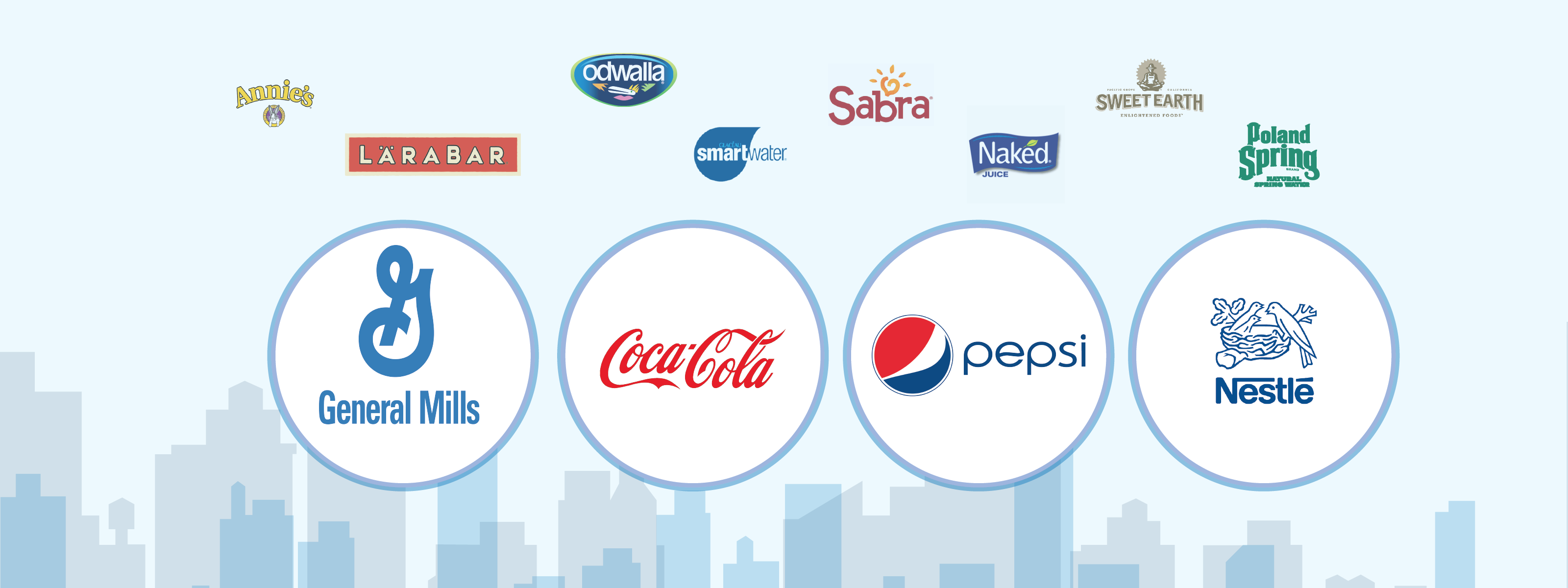We have been talking a lot about the health-conscious Millennials and Generation Zers. But did you ever stop to think about when and how they got healthy? How early is too early to get kids thinking about healthy food, and what role can brands play?
According to the American Heart Association’s Voices for Healthy Kids program, it’s never too early. There are already 108 million children in the world that are obese. This is especially alarming because nutritional habits in childhood have a major influence on diets into adulthood. Once these kids grow up they will be higher risk for developing illnesses like heart disease, high blood pressure, and certain cancers, stroke and diabetes. How can we as brands make helping to solve this crisis part of our bigger purpose?
Children learn a lot, especially eating habits, from their parents. If the adults around them are linking healthy eating to deprivation, or constantly modeling dissatisfaction with their bodies, kids will pick up on it and eventually do the same. On the flip side, if we teach kids how to eat healthy regular meals and snacks, and link it to feeling well, kids will too.
So what does all of this mean for marketers? Kids are destined to like a lot of the same things as their parents, so therefore making products that appeal to both could serve you well. Some brands are already targeting the whole family. NurturMe, originally known for quinoa baby food, now offers “cookies for the whole family”. Their Ancient Grain Cookies are made with quinoa, millet, sorghum, contain probiotics and have less than 8 grams of sugar per serving. They still attract kids with fun colorful packaging that has “Cookies” printed a little larger than “Organic Ancient Grain” or “Probiotics”. Another example is Sabra. Their colorful and fun Hummus Singles are “hummus in convenient on-the-go portions”, just the right amount of hummus for one person and can easily be thrown into a lunch box for kids or a lunch bag for parents.
Marketing to both demographics at the same time may seem tricky, but it does not mean brands have to double their ad buys. As of June 2018, Instagram had 500 million daily active users, including 72% of U.S. teens and 35% of U.S. adults. The number of adults grew by 7% from 2016 and is only going up, while other social media platforms saw no growth. Most importantly, Instagram images have an average of 23% more engagement than other social media platforms, so it could be the perfect place to reach all of your consumers at once.
Right at this moment, food brands have the opportunity to help kids and their families develop habits turning them health-conscious consumers and helping them be healthier for life. If you want to figure out how to connect with consumers as part of this incredibly important movement, Let’s talk. We can help.















